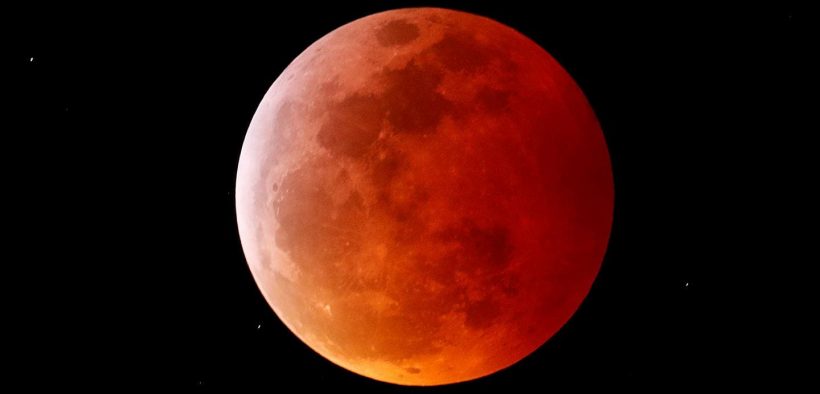Total lunar eclipse and super blood wolf moon combo: Seattle sky gazers are over the moon

One of the first skywatching events of 2019, the total Lunar Eclipse that appeared on January 20, 2019, was also a supermoon. Astro fans who witnessed the spectacle are already over the moon thanking their stars as the moon got closest to the Earth as it can get during its orbit. This was the only total lunar eclipse this year and next, and the supermoon was icing on the cake.
Visible throughout North and South America wherever skies were clear, the spectacular sight was visible on Sunday night. The Moon, Earth, and Sun aligned to form the eclipse. Moreover, the excitement was topped by the fact that there won’t be another until 2021 though it was this year’s first supermoon when a full moon appears slightly bigger and brighter and little closer too.
The entire phenomenon took more than three hours. However, the totality lasted for an hour: the phase with the moon completely covered in Earth’s shadow. The eclipsed or blood moon during a total lunar eclipse becomes red from sunlight reflected by Earth’s atmosphere. If it occurs in January, then it’s known as the “wolf moon.” The reason can be traced back to old folklores when on a full moon, hungry wolves howled outside of villages.
The complete lunar extravaganza was witnessed in Atlantic, parts of Europe as well as Americas wherever the skies were clear. It began at 7:33 p.m. in the eastern sky. Total eclipse started at 8:41 p.m. with maximum eclipse at 9:12 p.m. The chances of a total lunar eclipse and also a supermoon is pretty rare, and lunar eclipses can be viewed with the naked eye, unlike solar eclipses that require a filter. The moon turning reddish with an orange tinge catches the reflected light of all of the Earth’s sunrises and sunsets at that very moment.




